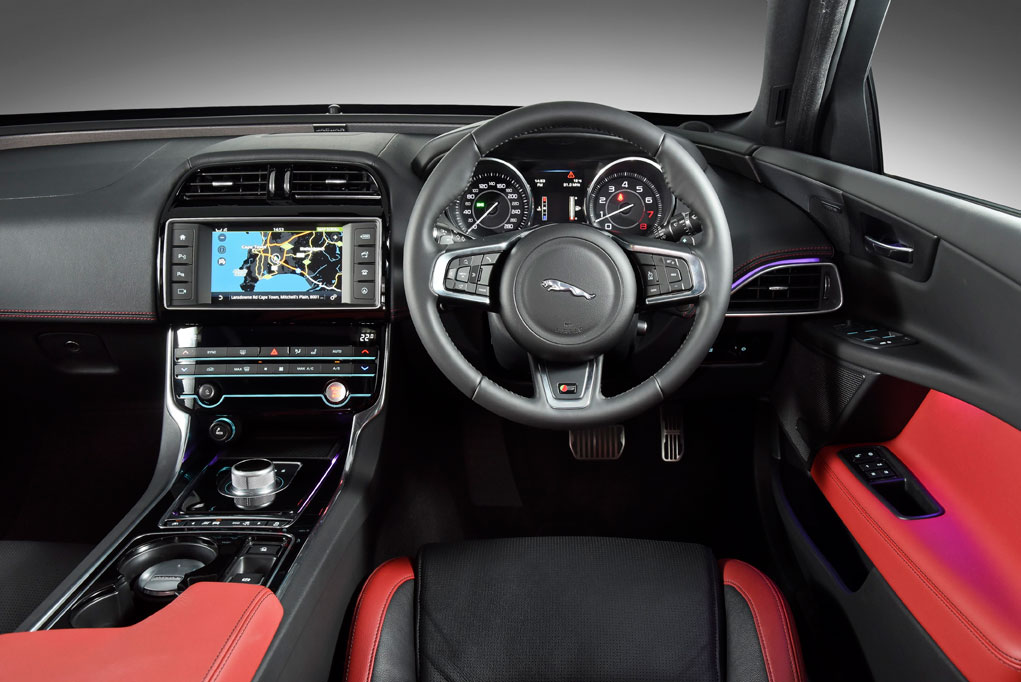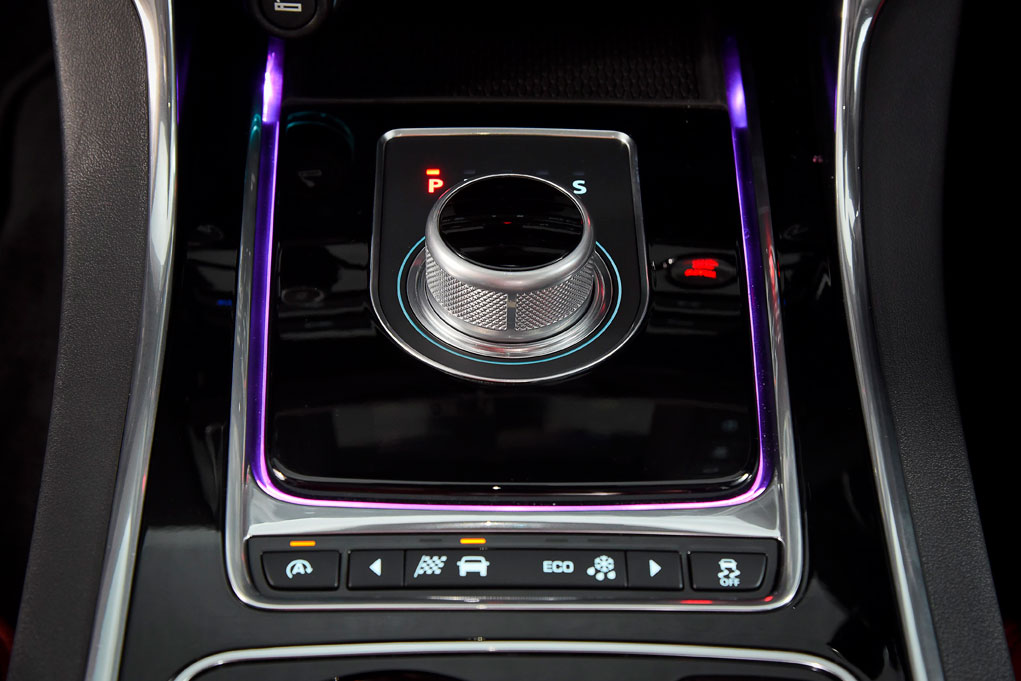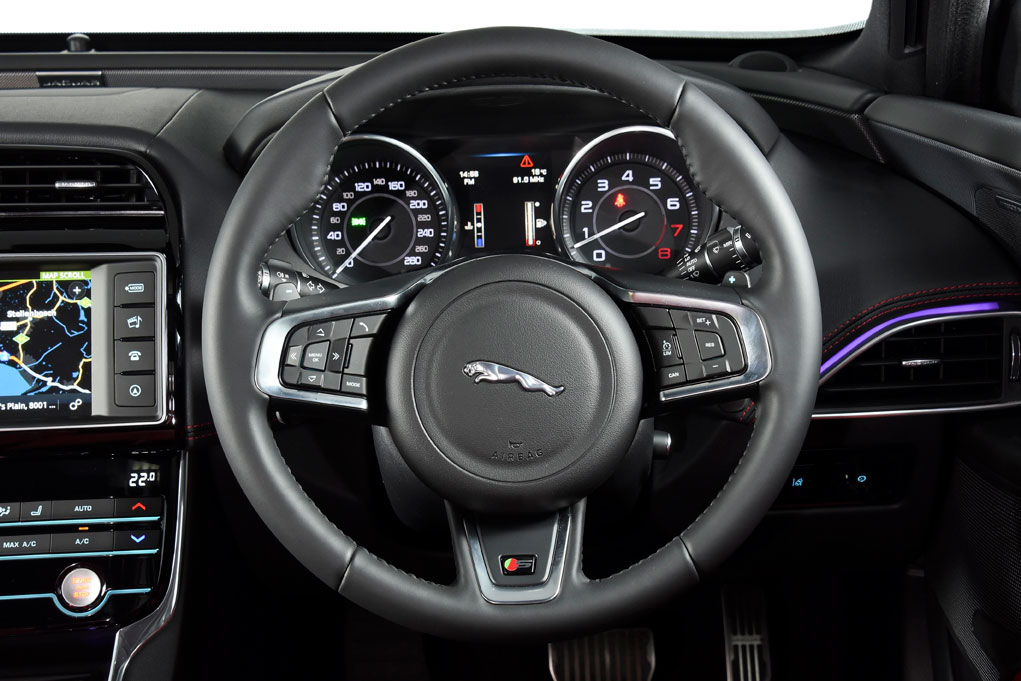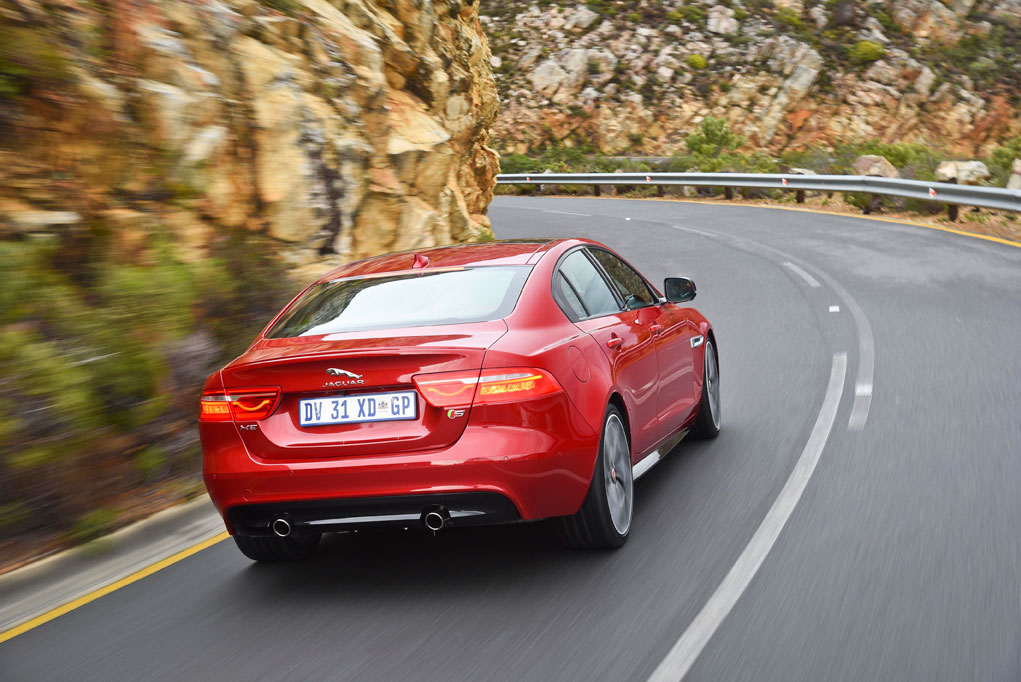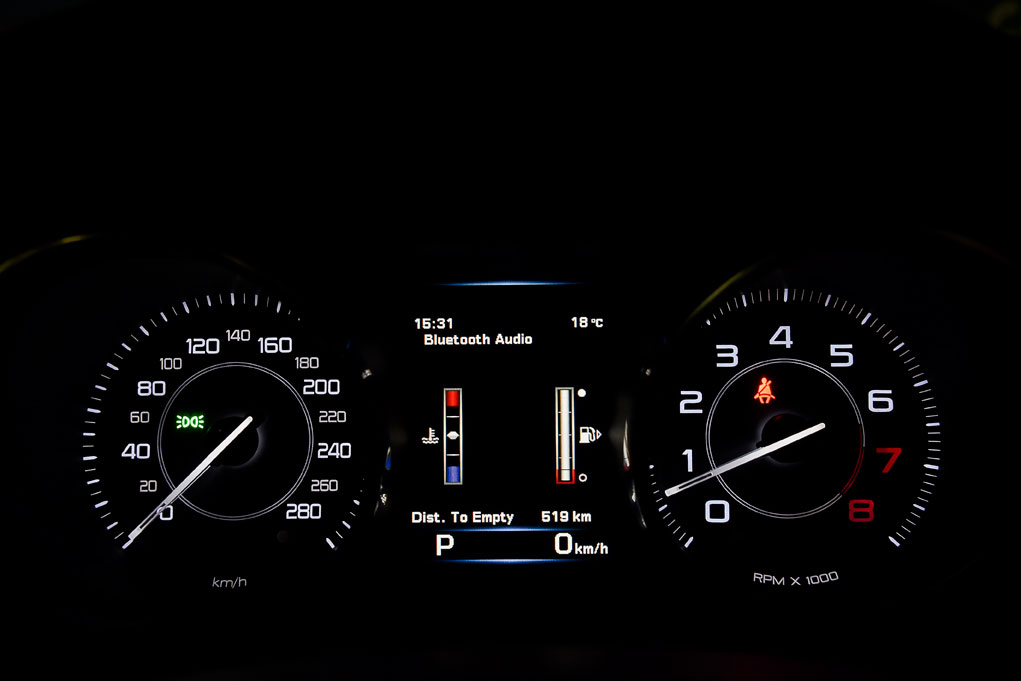Jaguar XE has grace, space and pace
I am not sure Jaguar created the category, but the arrival of the Mk II in 1959 certainly changed people’s perception of what a medium size sedan could be.

It epitomised the company slogan, “Grace, Space and Pace” and remained in production until 1967 proving the appeal of the genre. With its styling and performance the MK II was categorized as a “sports sedan”.
In the late 1940’s aluminium was freely available in the UK so it was that the company’s new XK120 would have to be aluminium bodied. For more than 60 years Jaguar have utilised alloys and have gained enormous expertise in that field. That expertise has led to the launch of the British manufacturer’s challenger to the Mercedes C Class and BMW 3 and 4 Series, the Jaguar XE.
The XE is a completely new vehicle from floor pan to roof featuring an aluminium monocoque developed with the company’s lightweight modular vehicle architecture program, and is set to become the platform for future models.
Over 75% of the body is constructed of aluminium and includes a new high strength aluminium alloy, RC5754, made predominantly of recycled material, apparently this a first in the auto industry. Combined with high strength steels the result is the most rigid sedan the company has ever built. This is reflected in the excellent ride quality and handling. Suspension is all new and makes good use of a double wishbone front suspension, unlike the more common McPherson set up used by most of the XE’s competitors. The rear is an integral link system, optimal for a rear wheel drive configuration.
New to Jaguar is the use of an electric power steering system, something previously rejected. But new developments ensure that the XE’s steering feedback and feel is very good and enhances the driving experience even further. I am not going to describe the styling, the images say it all. With a Cd of 0.26 the aerodynamic shape delivers the lowest ever drag coefficient for Jaguar.
Five styling options are available, the entry level Pure, the R-Sport, S, Prestige and the range topping Portfolio, add to these a comprehensive range of optional extras and packages ensures that the XE can match anything available in the premium D segment.
Interior finishes are excellent and the low mounted, contoured seats and deep centre console give a cockpit feel, an 8 inch touchscreen is the centre point of the curved dashboard, as is the intriguing rotary drive selector that rises from the centre console. The very low NVH provides an incredibly smooth and noiseless drive, one of the best I have encountered.
Rear leg room could be limited with a tall driver, but generally overall space is good, the boot provides 450 litres of stowage. There’s a choice of three engines, two petrol and one diesel and at the launch in the Western Cape, I was able to drive all three, first up was the XE S.
The 3.0 litre V6 supercharged unit delivers claimed figures of 250 kW at 6500 r/min with 450 NM of torque at 4500 r/min, 0-100km/h in 8.1 seconds, a top end of 250 km/h, and a combined consumption of 8. 1 l/100km with emissions at 195 g/km. It leaves you in no doubt that this is the engine that powers the F-TYPE, the soundtrack is an aural sensation that will make your toes curl.
All models I drove used the standard ZF 8HP 45 eight speed automatic transmissions, only the entry level diesel model offers a 6 speed manual gearbox as standard equipment. A Jaguar diesel has always seemed a bit of an anathema to me, after all the marque was all about performance. But then many manufacturers have taken this route and been successful and after driving the 2.0 litre turbo charged diesel XE it was obvious that this was another success story.
With 132 kW at 4000 r/min and 430 Nm of torque between 1750 and 2500 r/min I changed my perception, with a 0-100 km/h time of 7.8 seconds, consumption at 4.2 l/100km and just 109g/km for both manual and auto transmission, this one is an ideal all rounder.
This is the first of a new breed known as Ingenium engines produced in house and set to provide motive power for the future. Finally, the power plant that moves the XF and XJ sedans. The 2.0 litre turbocharged petrol engine, refined for the XE provides 177 kW at 5500 r/min and 340 Nm of torque between 1750 and 4000 r/min, claimed figures are 0-100 km/h in 6.8 seconds, 7.5 l/100km, a top speed of 250 km/h and emission at 179 g/km.
With the new chassis this engine is an exciting option to its larger sibling the 3.0 litre, providing great handling and scintillating performance. The new Jaguar XE range faces some serious competition in the D segment and with the current exchange rate between SA and the UK means that pricing is on the high side. Nevertheless it’s a class act and is sure to find many buyers seeking an alternative to European premium offerings.
The XE is rated as one of the most cost efficient vehicles in the segment. With the 5 year/100 000km Careplan you receive three components, a 3 year/100 000km warranty, a 5 year/100 000km service plan, a 5 year/ 100 000km maintenance plan and Jaguar Assist 24 hour roadside assist. Service intervals are a very impressive 34 000 km.
Pricing starts at R534 000 XE 2.0 D Pure through to the range topping XE 3.0 Supercharged S at R908 100.
For more news your way
Download our app and read this and other great stories on the move. Available for Android and iOS.



